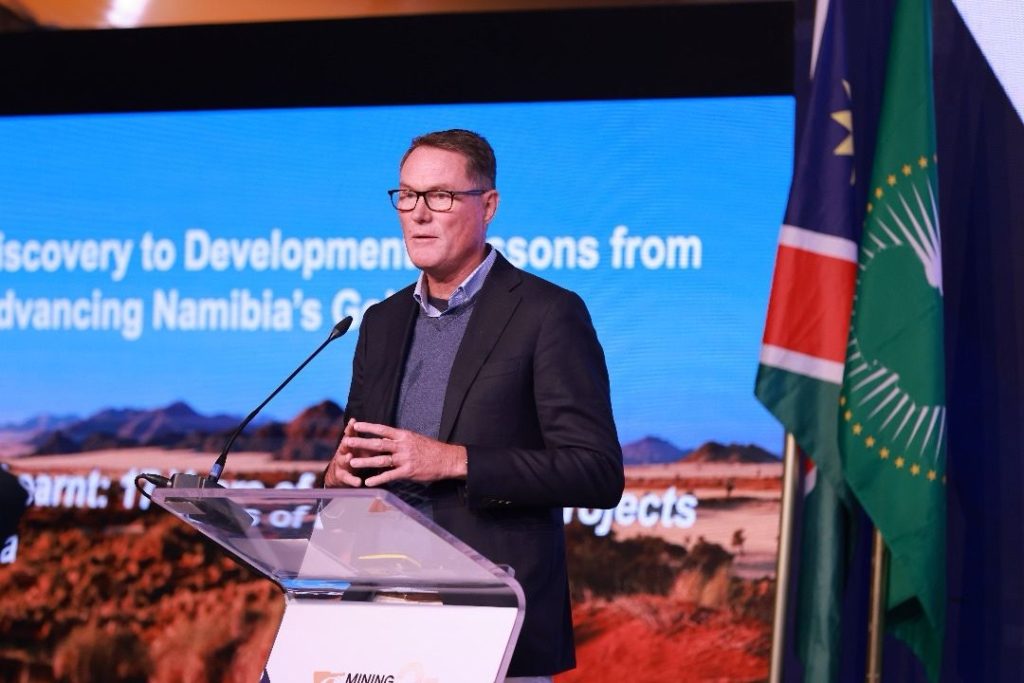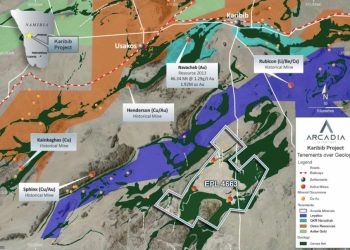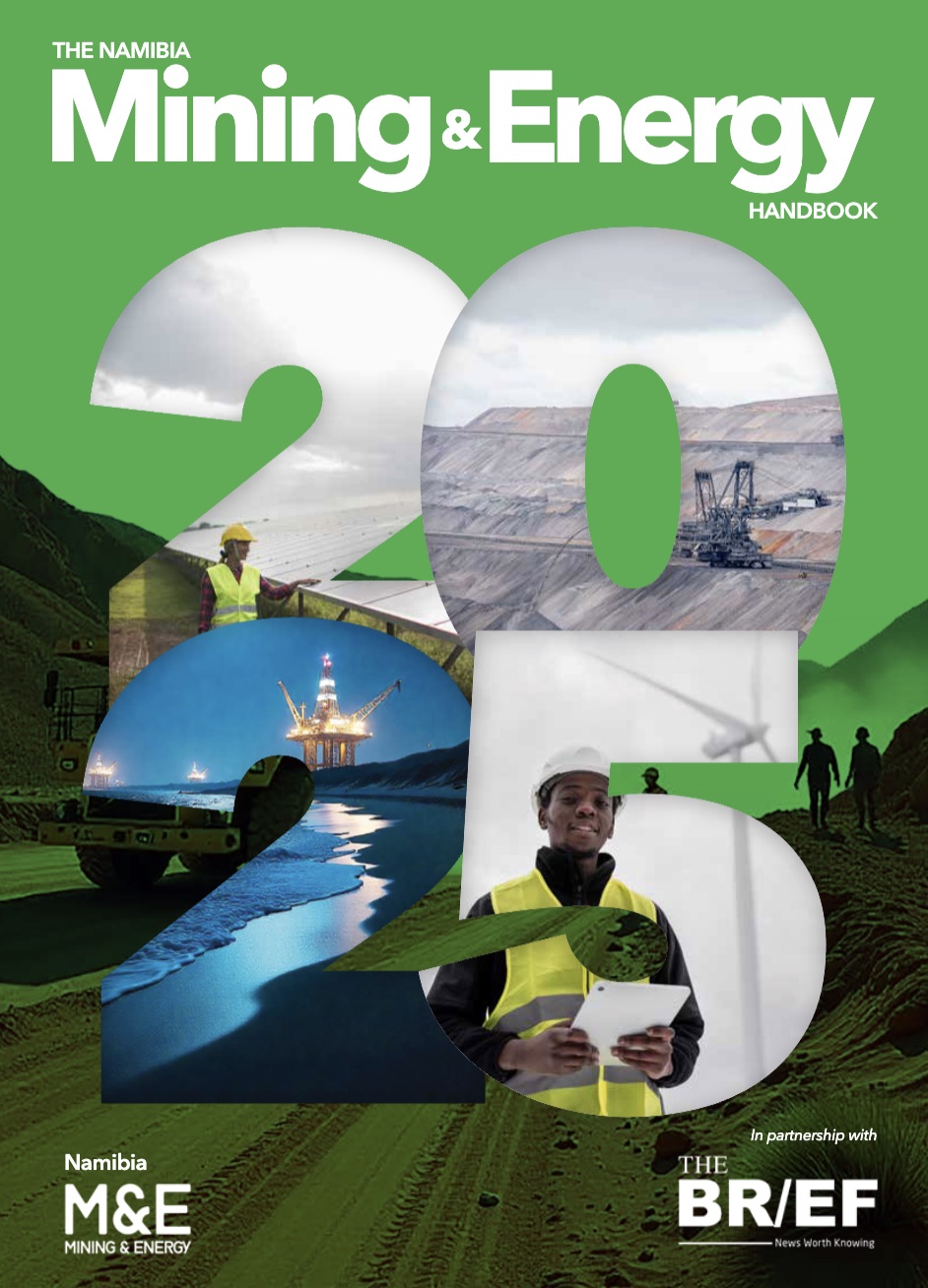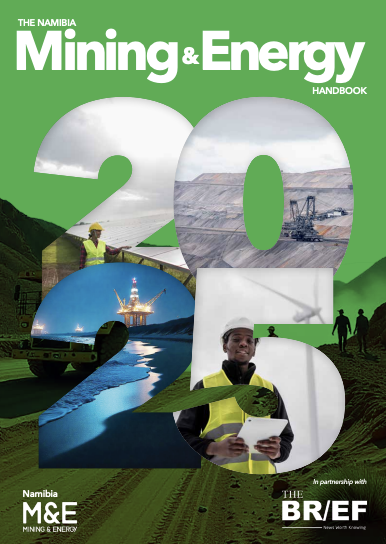
Koryx Copper Inc has completed a Preliminary Economic Assessment (PEA) for its wholly owned Haib Copper Project in southern Namibia as part of its mining licence application.
The company said an updated PEA, scheduled for publication in September 2025, reflects progress in metallurgical test work, process flowsheet development and infrastructure trade-offs.
It remains based on the existing mineral resource estimate of 23 October 2024 and does not include recent drilling results.
Reporting on the current campaign, Koryx released assay results from seven drill holes totalling 2,986 metres across its Phase 2, 3 and 4 programme, which forms part of the company’s 2025 exploration and project development strategy to improve understanding of copper, molybdenum and gold mineralisation and to identify higher-grade zones.
President and CEO Heye Daun said the tighter, deeper drilling approach is delivering encouraging extensions.
“Our strategy of drilling close spaced and deeper holes is paying dividends as we are seeing mineralization extending down dip and along strike into areas previously classified as waste,” he said.
Daun added that increasing drill density is sharpening the geological model and lowering project risk.
“Already, our geologists are better able to identify correlation between copper grades and geology, which allows us to better plan drill locations, as we seek to identify higher grade zones and de-risk the project. This increased drill density should assist in a much improved and tighter geological interpretation with the next mineral resource update,” he said.
Looking ahead, Daun said the development concept remains a conventional crush-mill-float operation.
“The potential improvement in mineral resources together with the conventional mill/float metallurgical flowsheet should further transform the Haib project into a robust, low risk, long life, world-class open pit copper development project with serious scale potential,” he said.
Koryx expects to complete its infill and expansion drilling, followed by geological modelling and mine planning, in the first half of 2026.
An updated Mineral Resource Estimate and a PFS-level technical study are planned for the second half of 2026.







